Make Your own Jagua-Henna
Jagua henna creates the darkest stains possible using all natural ingredients. Steer clear of so-called “black henna” which can cause severe reactions.
If you’ve mixed your own fresh henna before, making jagua-henna is the same process - just slightly different ingredients.
If you’re new to it, no worries! It’s easy and fun.
MATERIALS NEEDED
As always, make sure you're starting with fresh, high quality ingredients. Buy your supplies from an ICNHA-certified henna artist (like us!). Products on store shelves or at markets may be old, not stored properly and your results may be disappointing.
TOOLS
Bowl and spatula/spoon (any will do, but plastic, rubber or other porous materials may stain permanently)
Water (Distilled or purified water is reliable)
Cling wrap or plastic lid for the bowl
Cake decorating bag or durable sandwich bag
Applicator (rolled cones or squeeze bottles)
Digital scale (optional)
Digital thermometer (optional)
INGREDIENTS
Jagua-henna powder (here’s ours)*
OR, if you want to customize the ratio of jagua & henna yourself, you can use:
Body art quality henna powder (We use certified organic Sūraja brand)
Jagua powder (We use Jagua Factory)
Essential oil (We use organic lavender. Any oil with a high “terp” content will work great.)
Sugar (Any table sugar is fine. Do not use powdered/confectioner’s sugar)
*Mixing with jagua juice instead of jagua powder? Simply follow our henna recipe here, and substitute the water with jagua juice instead.
PROCESS
This recipe makes about 3.5 ounces of jagua-henna paste (about 7 applicator bottles or 4-5 of our hand rolled cones).
Follow along below, or watch a video:
Use a scale to measure your ingredients by weight, if possible. Your results will be far more reliable!
Step 1
Add these to your bowl:
25 grams jagua henna powder
-OR-
15 grams henna powder (about 5.75 tsp) AND
10 grams raw jagua powder
Blend together well, then add the wet ingredients:
13 grams sugar (about 1.75 tsp)
7.5 ml essential oil (about 1.5 tsp)
Approximately 1/4 cup water, using most of it but leaving a little behind.
Mix together well. The paste should be pretty thick but all ingredients are blended thoroughly. If it’s too thick to blend, add a teeny bit of the water you reserved and try mixing again. Repeat as needed. Don't worry about small lumps, those will mostly dissolve later.
Step 2
Cover the paste with cling wrap to prevent it from drying out, then let it rest for a while. Decide where to put it based on how soon you want to be able to use it:
ASAP (3-4 hours*)
Choose a location that’s warm, but not hot, and the temperature will stay stable for several hours. Ideally, you want a temp of around 75-80˚ F. A good spot is usually under an incandescent light (the lights above our stove are incandescent, so I usually put my paste there). The paste should be around 12-18” below the light. You aren’t trying to cook it!
It helps to use a digital thermometer to check the temp of your paste periodically to make sure it’s staying in the right range.
Next Day (8 hours)
If you don’t plan to use the paste until the next day, just leave it out on your counter overnight and don’t worry about the temperature (note: if your home is under 65F or so, it may take longer than 8 hours).
* 3-4 hours is typical for our henna powder, but results may vary. If you're using powder from another supplier please check with them for their recommended resting times.)
Step 3
Check to see if your paste is ready with simple spot test.
Dab a bit of the jagua-henna on your fingertip and leave it there for about a minute. When you wipe it away, in natural light it should be bright orange. If it's not, let it sit a bit longer and test it again in another hour.
If you’re familiar with this process when making henna, you’ll notice this is the same! You won’t see any color from the jagua during the spot test.
Step 4
Once you see that bright orange color, it’s ready to use! Time to get it to the perfect consistency. Add a little water to the mixture (maybe 1 tsp to start with), and stir it up really well. Continue to add water, 1 teaspoon at a time, with lots of mixing between each addition. An electric mixer will really smooth it out. More mixing = silkier paste! With practice, you'll get a feel for how thin you prefer your paste. You want it to be thin enough that it’s easy to use, but not so thin that it oozes everywhere when you make designs.
Fill up your applicators, and you’re ready to go!
Let me know how this went for you! Leave a comment below or send a message.




